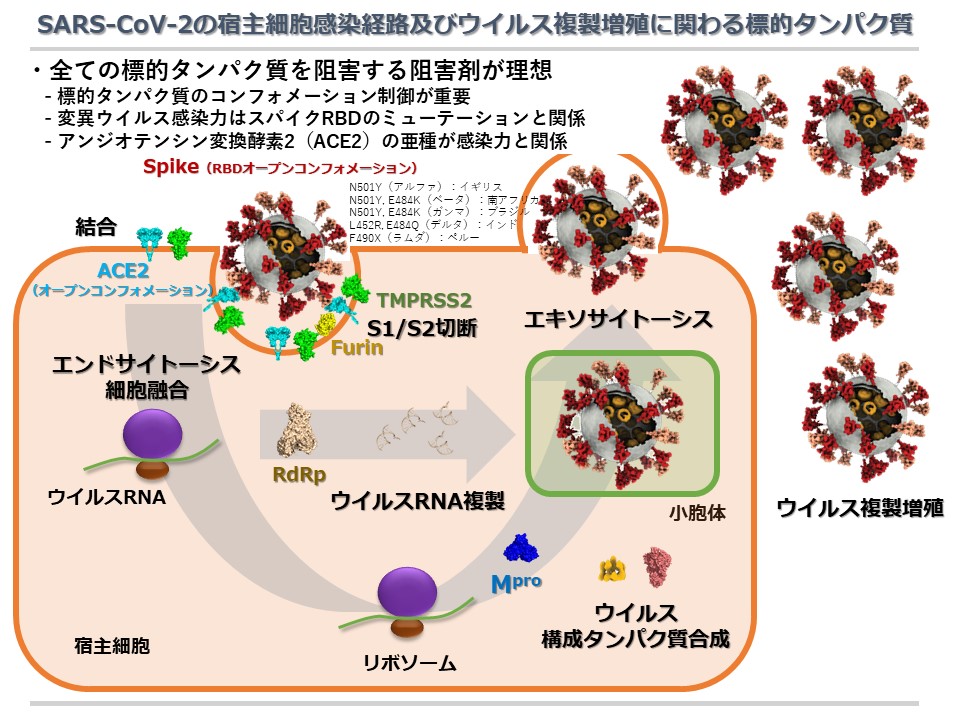
Last Modified
1 January 2025
![]()
Research Abstract of Motonori Tsuji
Molecular Evolution Hypothesis
Motonori Tsuji, Synthesis and Biological Activity of Abscisic Acid Mimics. (Bachelor Thesis of Kyushu Kyoritsu University)
Motonori Tsuji, Synthesis and Plant Growth Regulation Activity of N-Acyl-L-Proline Derivatieves. (Master Thesis of Kyushu University)

Motonori Tsuji, Eiichi Kuwano, Tetsuya Saito, Morifusa Eto. Root Growth-Promoting Activities of N-Acyl-L-proline Derivatives. Biosci. Biotech. Biochem., 56, 778-782, 1992.
Nuclear Receptor Chemistry
Nuclear Receptor: Structural Biology
Origin of the Receptor Subtype Selectivity via Quantum Mechanics
Motonori Tsuji,* Koichi Shudo, Hiroyuki Kagechika. FEBS Open Bio. 2017, 7, 391-396, DOI: 10.1002/2211-5463.12188.
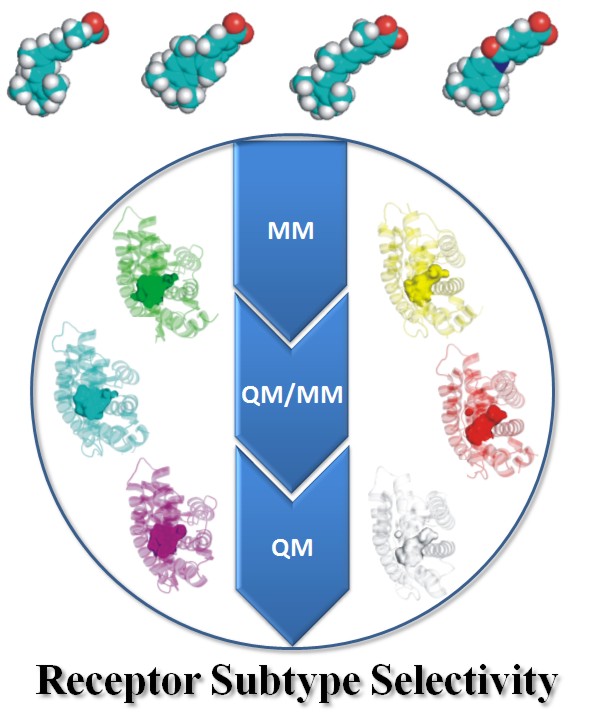
Origin of the Ligand Recognition Mechanism in the Nuclear Receptor Superfamily, Helix H3 Three-Point Initial-Binding Hypothesis
Motonori Tsuji. J. Mol. Graph. Model. 2015, 62, 262-275.
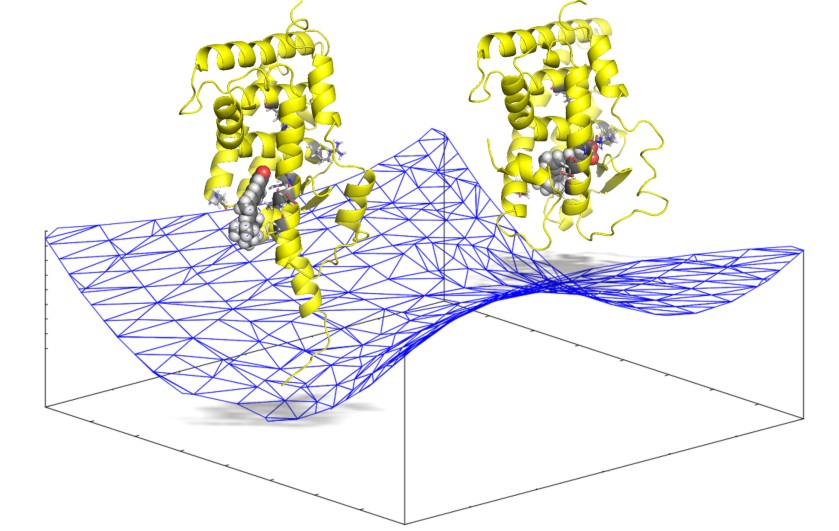
Folding Mechanism and Agonism and Atagonism Theory of the Ligand-binding Domain in the Nuclear Receptor Superfamily
Motonori Tsuji. J. Struct. biol. 2014, 185, 355-365.
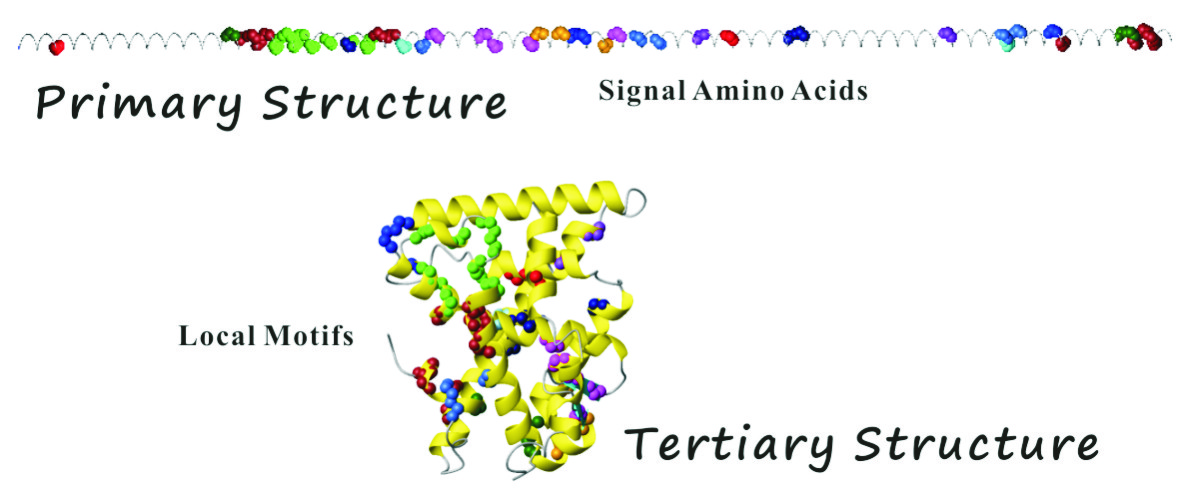
Nuclear Receptor: Molecular Mechanism
Origin of the agonism and antagonism mechanisms in the nuclear receptors via quantum mechanics.
Motonori Tsuji. J. Comput. Aided Mol. Des. 2017, 31, 577-585, DOI: 10.1007/s10822-017-0025-6.
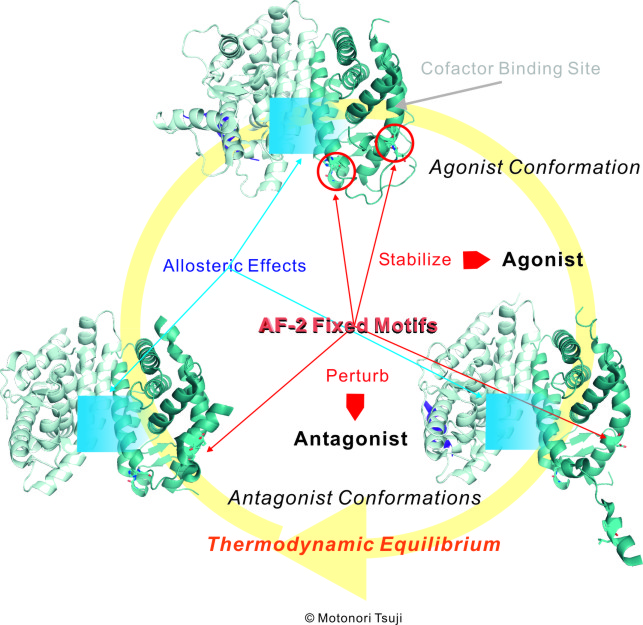
A Proposed Molecular Mechanism for Nuclear Receptors
Motonori Tsuji,* Koichi Shudo, Hiroyuki Kagechika. J. Comput. Aided Mol. Des. 2015, 29, 975-988.
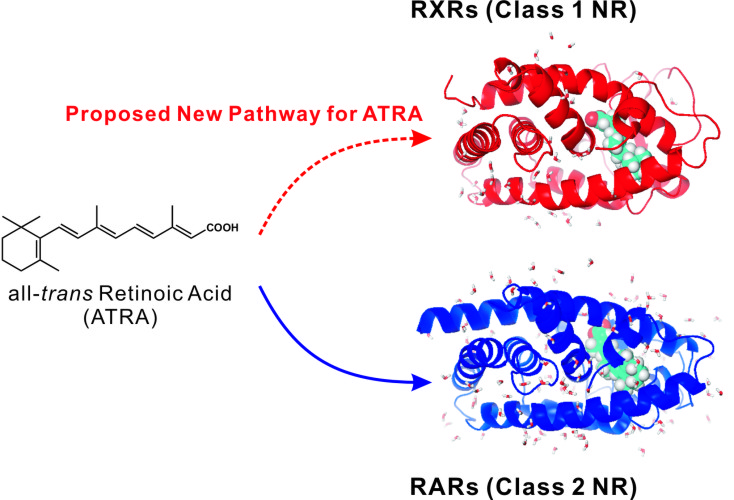
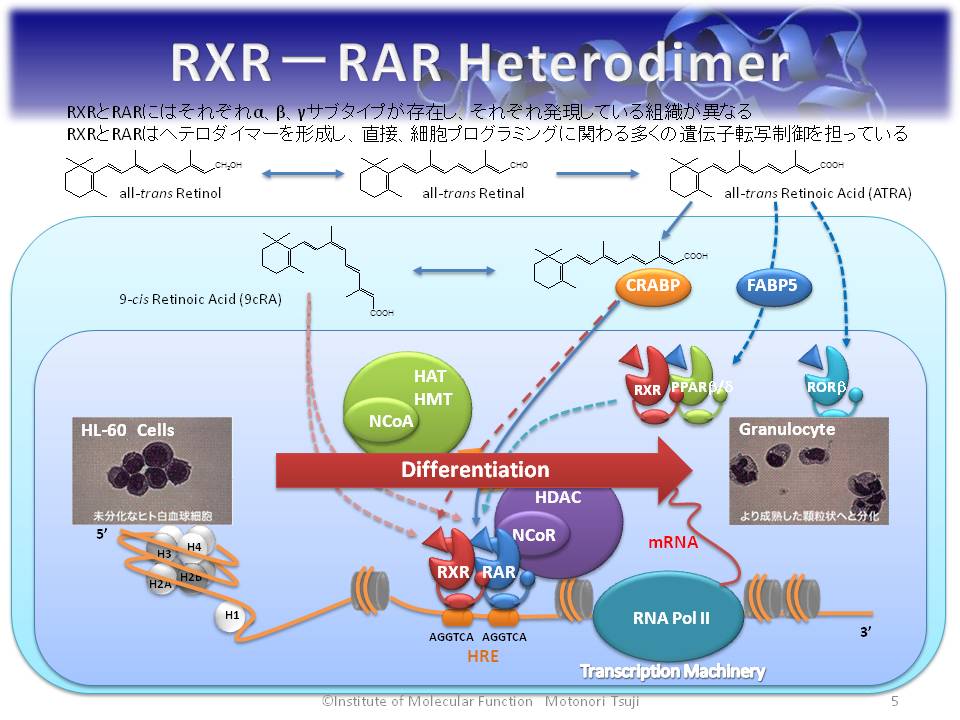
Nuclear Receptor: Structure-based Drug Design
Motonori Tsuji. Logical Drug Design for Organic Chemists (Japanese)
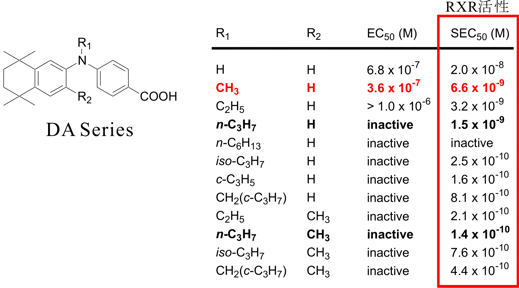
Motonori Tsuji. Design of Human Retinoid X Receptor Agonists
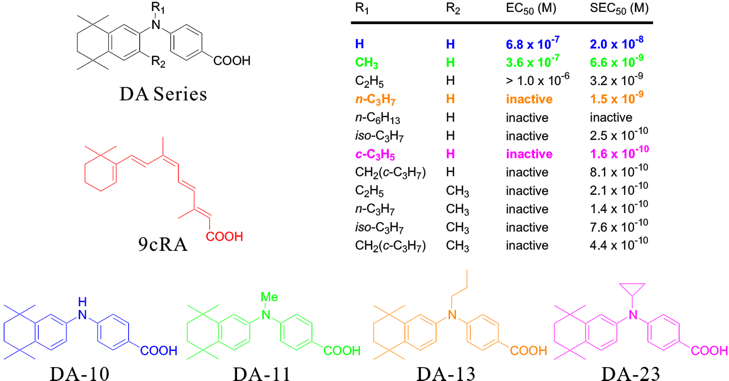
Motonori Tsuji. Design of Human Retinoid X Receptor Antagonists
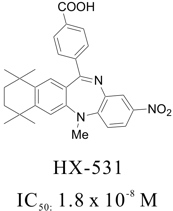
Application of Carboranes to Medicine
Motonori Tsuji. Carboranes Serves As Novel Hydrophobic Pharmacophore
Toru Iijima, Yasuyuki Endo, Motonori Tsuji, Emiko Kawachi, Hiroyuki Kagechika, Koichi Shudo. Dicarba-closo-dodecaboranes as a Pharmacophore. Retinoidal Antagonists and Potential Agonists. Chem. Pharm. Bull., 47, 398-404, 1999.
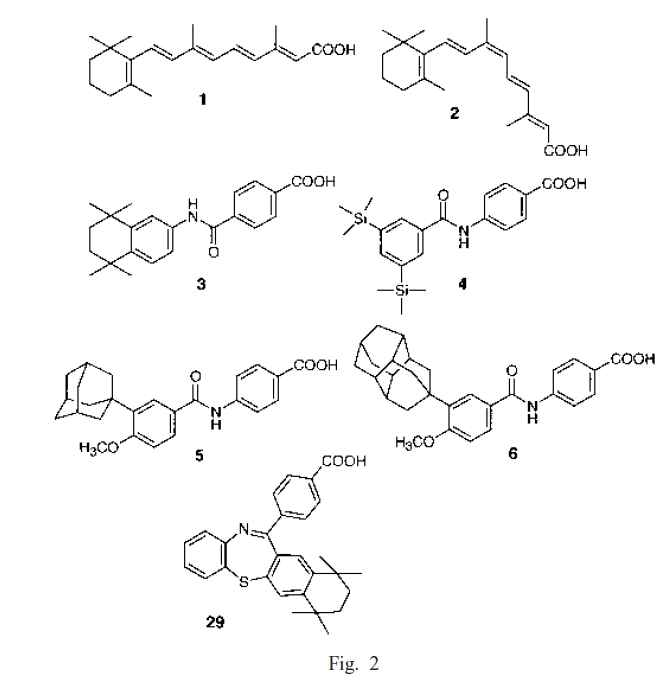
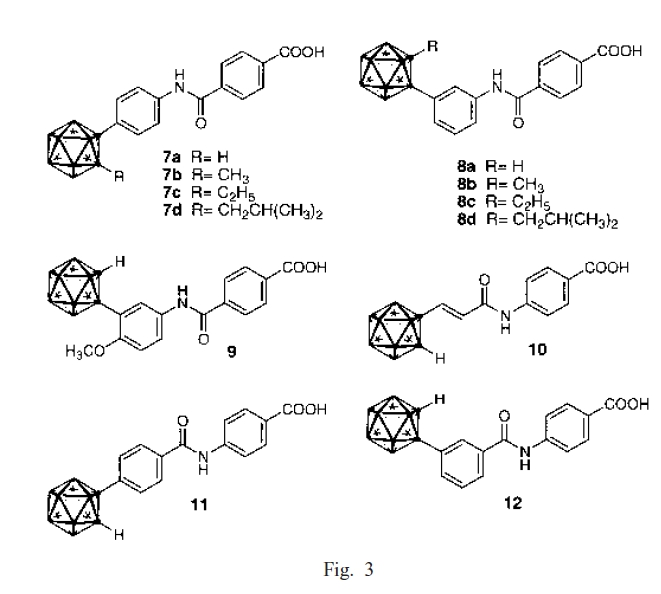
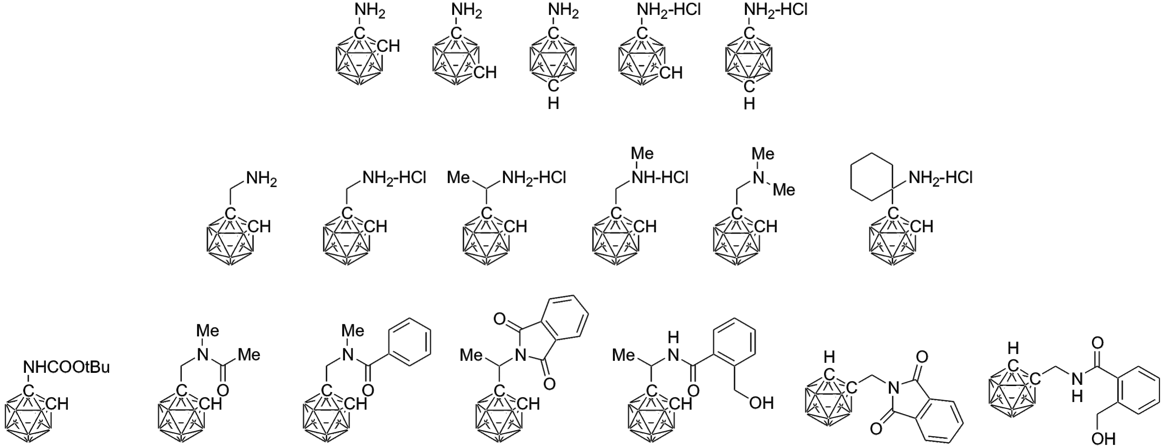
Motonori Tsuji, Yukiko Koiso, Hiroyasu Takahashi, Yuichi Hashimoto, Yasuyuki Endo. Modulators of Tumor Necrosis Factor alpha Production Bearing Dicarba-closo-dodecaborane as a Hydrophobic Pharmacophore. Biol. Pharm. Bull., 23, 513-516, 2000.
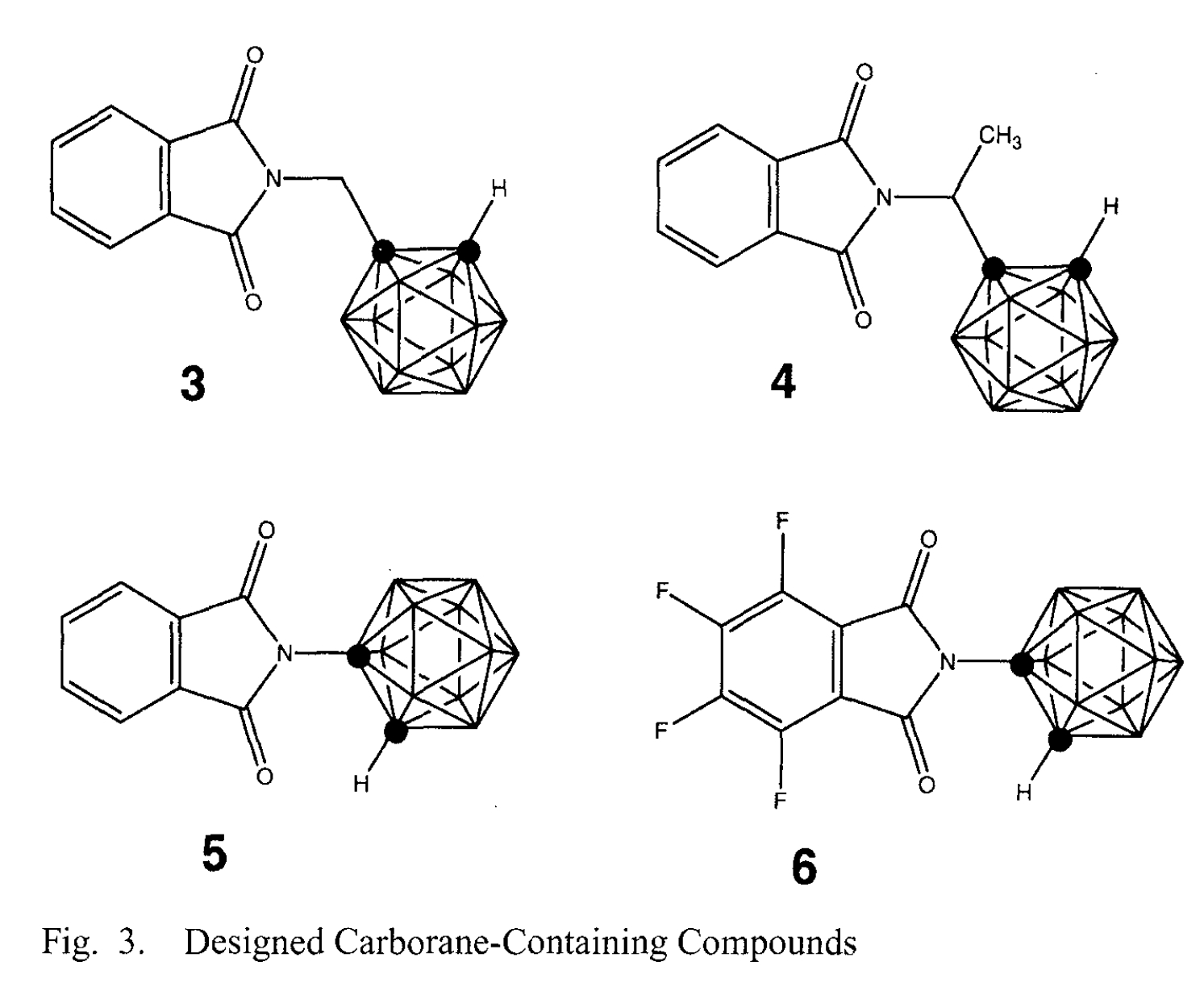
Nuclear Receptor: Homology Modeling
Motonori Tsuji. Human Androgen Receptor DNA Binding Domain
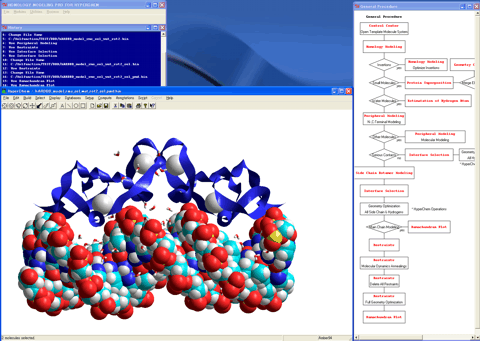
Motonori Tsuji. Human Mineralocorticoid Receptor Ligand Binding Domain
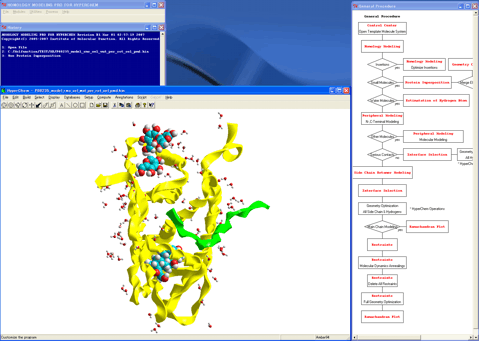
Reaction Coordinate Analysis for Protein-Ligand Complex Formation
Motonori Tsuji. Ligand Recognition Mechanism of Human Cellular Retinoic Acid Receptor
Three-dimensional Benzene - Carborane - Electronic Structure Analysis
Experimental and theoretical studies on generation of novel three-dimensional phenyl cation, i.e., Carboranyl carbocation.
Motonori Tsuji., J. Org. Chem.2003, 68, 9589 - 9597.


LUMO21 LUMO37
Phenyl Cation p-Carboranyl Carbocation
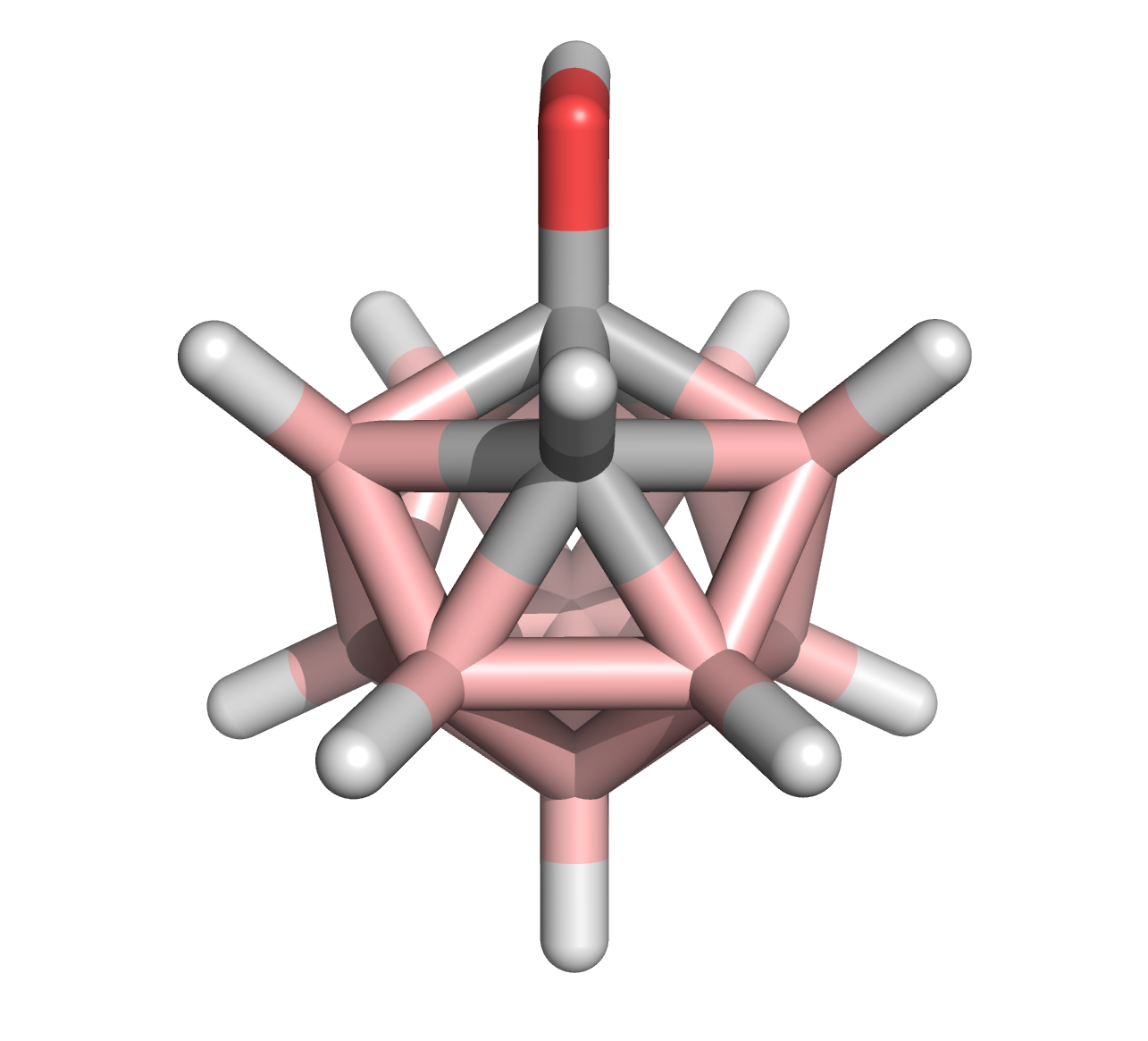
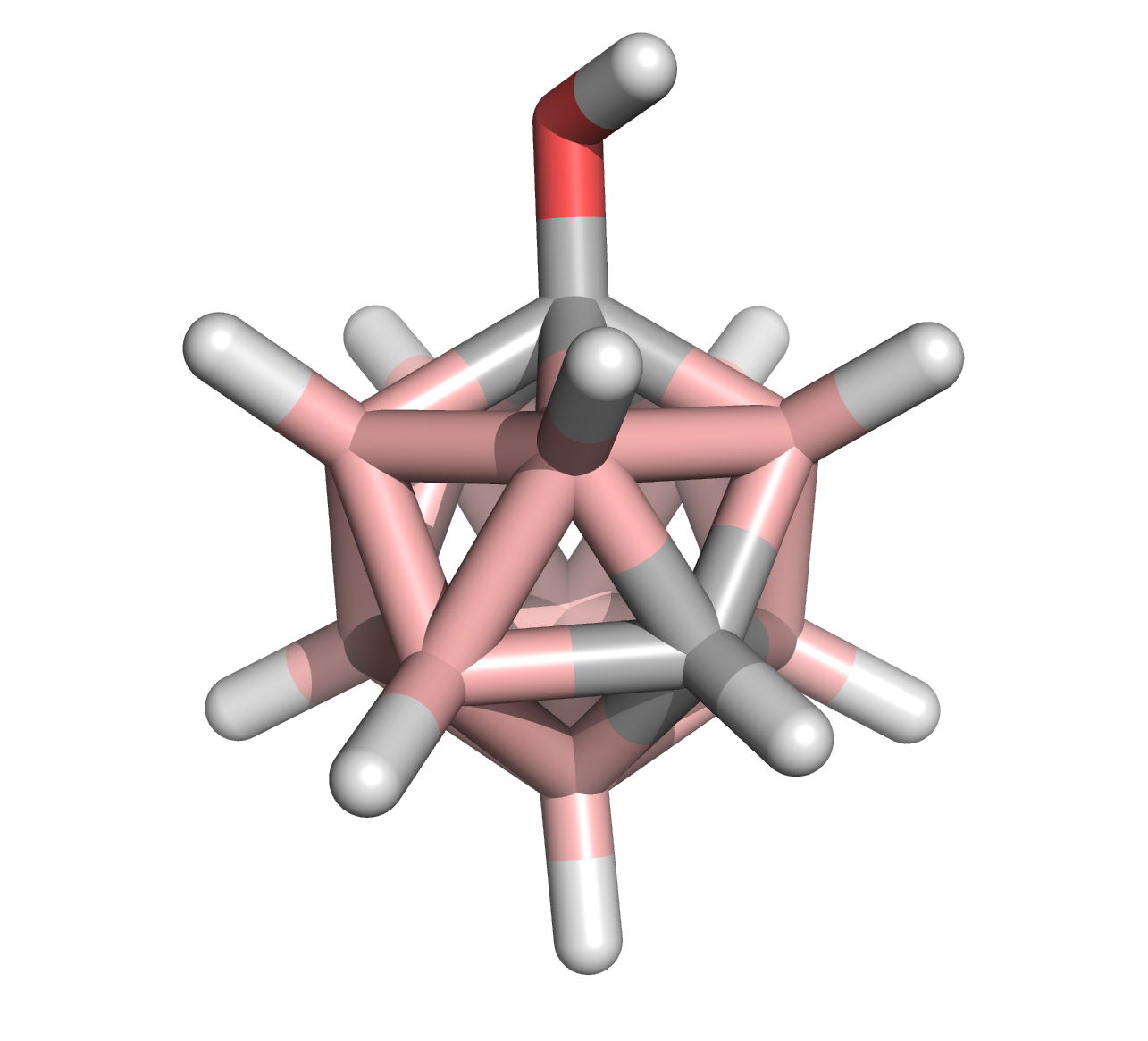
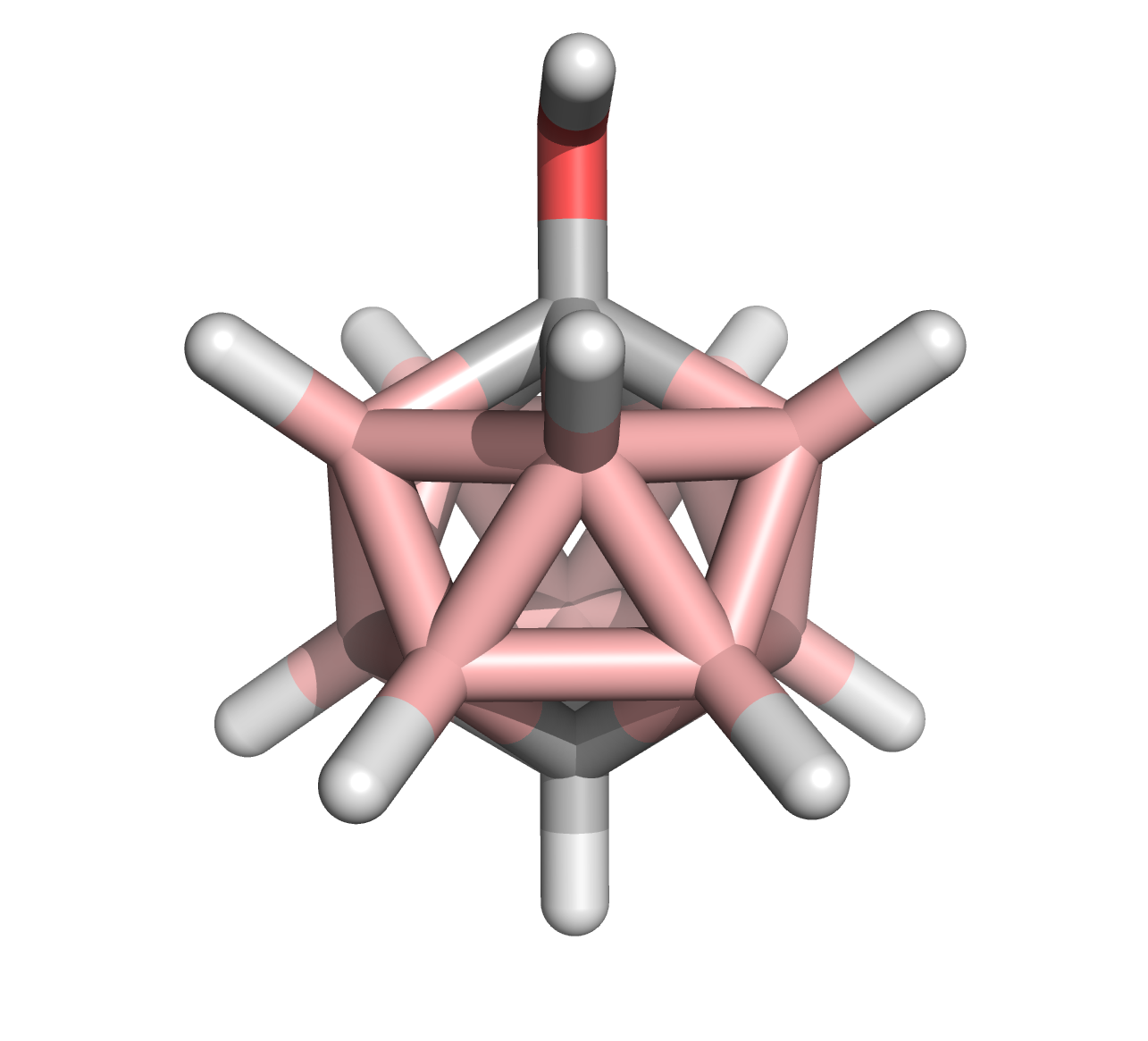
C-Hydroxy-ortho-Carborane C-Hydroxy-meta-Carborane C-Hydroxy-para-Carborane
Electronic Structure of Cyclopropane
Experimental and theoretical studies on discovery of the most stable conformation of a cyclopropane ring.
Motonori Tsuji, J. Org. Chem.2004, 69, 4063 - 4074.

Unified Theory for Classical Steric Effects and Orbital Interactions
Experimental and theoretical studies on discovery of a principle for the facial stereoselectivity.
Motonori Tsuji, Asian J. Org. Chem.2015,4, 659-673.

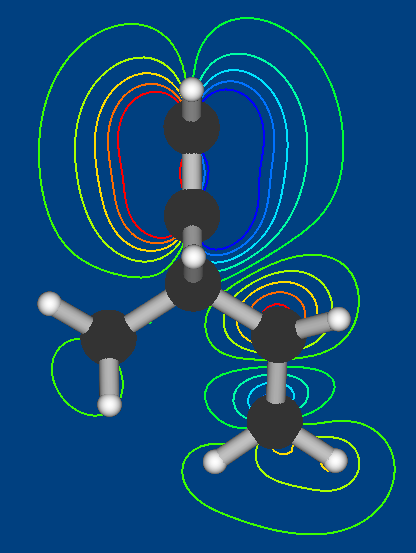
Drug Discovery Technology
Structure-based Pharmacophore Prediction
PIEFII (Patent Rights)
Motonori Tsuji. Seitaikoubunnshi Niokeru Sougosayoubui No Yosokuhouhou, 2006, 2007-299125.
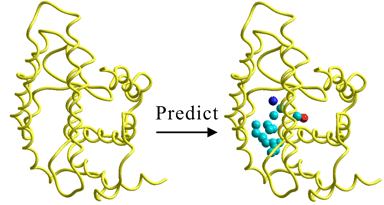
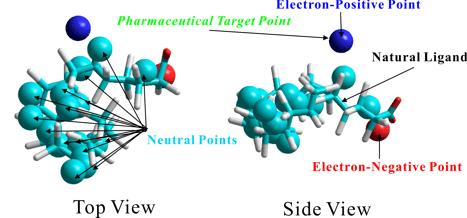
in silico Structure-based Drug Design System
Motonori Tsuji. Virtual Screening System
Motonori Tsuji. Docking Study with HyperChem
Motonori Tsuji. AutoDock Vina In Silico Screenings Interface
Motonori Tsuji. Homology Modeling Professional for HyperChem
Motonori Tsuji. ONIOM Interface for Receptor
Motonori Tsuji. Gaussian interface for HyperChem
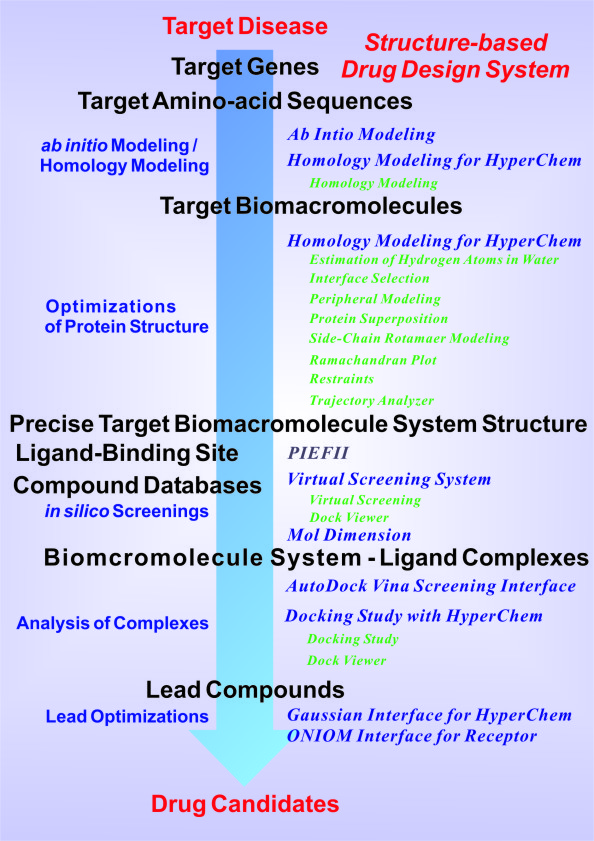
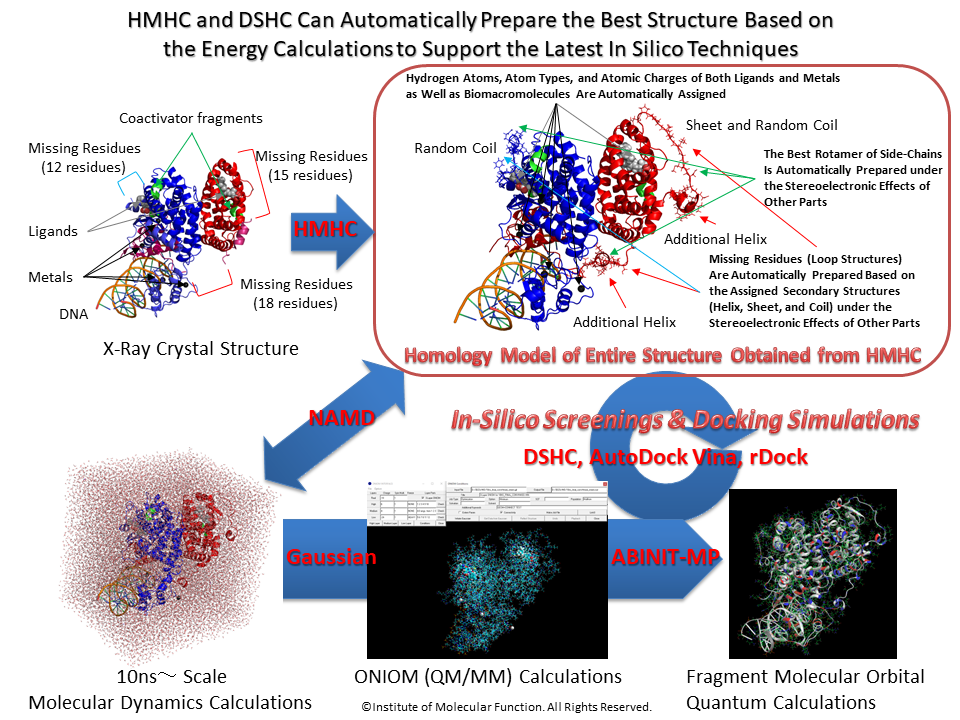
Motonori Tsuji. Strategy for the Drug Discovery
Click on a key word to move to the detailed page.
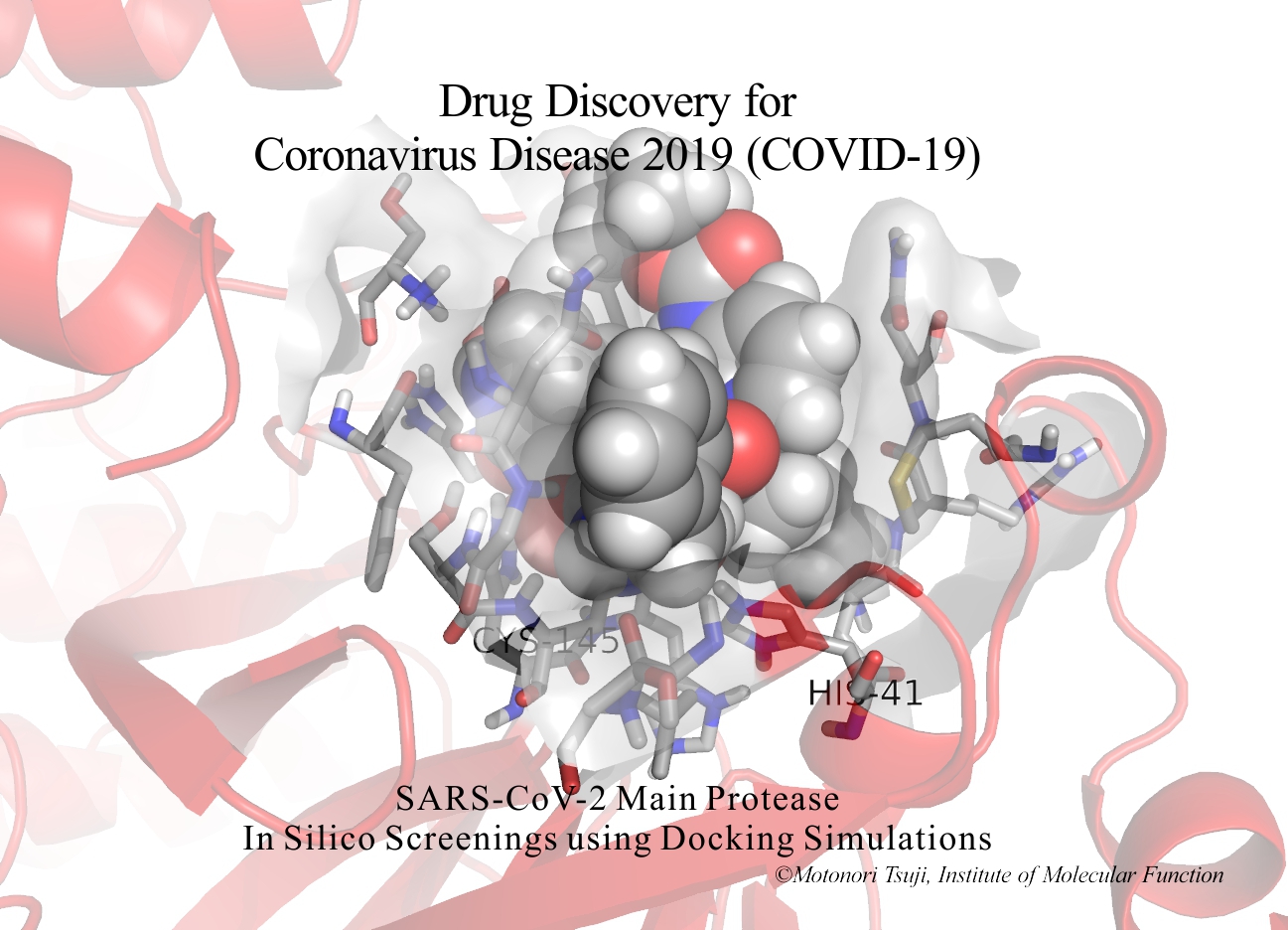
Riho Tateyama-Makino, Mari Abe-Yutori, Taku Iwamoto, Kota Tsutsumi, Motonori Tsuji, Satoru Morishita, Kei Kurita, Yukio Yamamoto, Eiji Nishinaga, Keiichi Tsukinoki.The inhibitory effects of toothpaste and mouthwash ingredients on the interaction between the SARS-CoV-2 spike protein and ACE2, and the protease activity of TMPRSS2 in vitro. PLOS ONE, 16, e0257705-e0257705, 2021.
